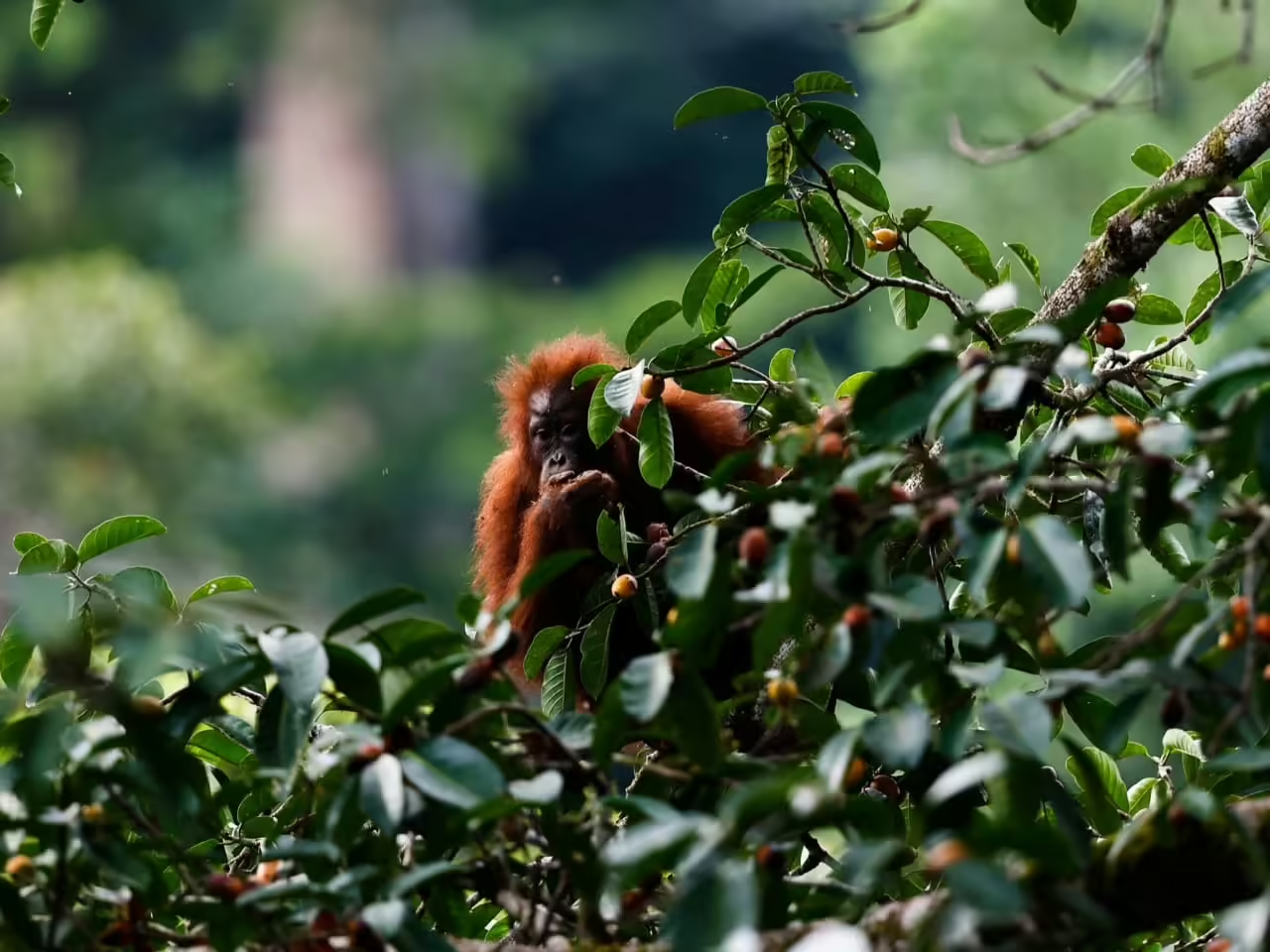Here’s a piece of good news conservationists and nature lovers would welcome. A Sumatran rhino (Dicerorhinus sumatrensis) was born at the Sumatran Rhino Sanctuary in Way Kambas National Park (SRS TNWK) in Lampung, on Saturday (30/9/2023) at 01.44 local time.
The unnamed rhino calf is the third born of a 23-year-old rhino named Ratu, as the result of a mating with a male Sumatran rhino, Andalas (22 years old). In 2012 Ratu gave birth to Andatu, followed by Delilah in 2016.
The calf is also the fourth rhino born at the sanctuary. Another calf is Sedah Mirah who was born in June 2022 to a mother named Rosa.
“This is certainly happy news, not only for Indonesians but also for the world. I give my highest appreciation to those involved in the birth of this Sumatran rhino,” said Minister of Environment and Forestry Siti Nurbaya Bakar in a press release.
“Hopefully, we can continue to hear happy news from Sumatran rhino births and other protected animals in the future.”
This birth increased the number of Sumatran rhinos in SRS TNWK to nine. Besides the newborn, there are five other female rhinos — Ratu, Bina, Delilah, Rosa, and Sedah Mirah. The other three are males — Harapan, Andatu, and Andalas, a Sumatran rhino born at the Cincinnati Zoo, United States, in 2001.
Director General of Natural Resources and Ecosystem Conservation (KSDAE), Satyawan Pudyatmoko said that currently, the Sumateran Rhino Sanctuary is the only semi-in-situ breeding site managed by the Way Kambas National Park Center in collaboration with the Indonesian Rhino Foundation (YABI).
“The main goal is to produce Sumatran rhino calves to maintain the survival of the Sumatran rhino species which is now endangered,” Satyawan said. “Sumatran rhino calves from the breeding program at SRS TNWK will be released back into their natural habitat in the future.”
YABI Executive Director Jansen Manansang added that aside from natural reproductive efforts, technological assistance is also needed to optimize Sumatran rhino breeding.
“SRS TNWK plans to integrate the assisted reproductive technology (ART) method for breeding Sumatran rhinos,” added Jansen.
Endangered
The Sumatran rhino is a protected species in Indonesia under Minister of Environment and Forestry Regulation No. 106/2018.
It is the smallest and last Asian species of horned rhinos that has lived on earth for 20 million years. Two other sub-species, the West African black rhino (Diceros bicornis longipes) and the Sunda rhino (Rhinoceros sondaicus annamiticus) – a sub-species of the Javan rhino (Rhinoceros sondaicus) – have been declared extinct since 2010.
The Sumatran rhino population, which is estimated to be less than 100 individuals, has been listed as critically endangered (CR) on the International Union for Conservation of Nature (IUCN) Red List since 1996.
They live scattered in Sumatra forests (Gunung Leuser National Park, Way Kambas National Park, and Bukit Barisan Selatan National Park) and have a small population in East Kalimantan, and Sabah, Malaysia.
In 2013 at the International Union for Conservation of Nature’s Species Survival Commission (IUCN SSC) in Singapore, Indonesian and Malaysia agreed to pioneer cooperation to protect this rare species from the Rhinoceridae family.
However, no formal agreement between the two countries has been made due to differing views on reproduction methods.
Indonesia, as reported by Mongabay Indonesia, focuses more on natural breeding, while Malaysia prioritizes in vitro fertilization (IVF) or IVF.
Read also: SIEJ visits ABCto discuss anoa conservation efforts



